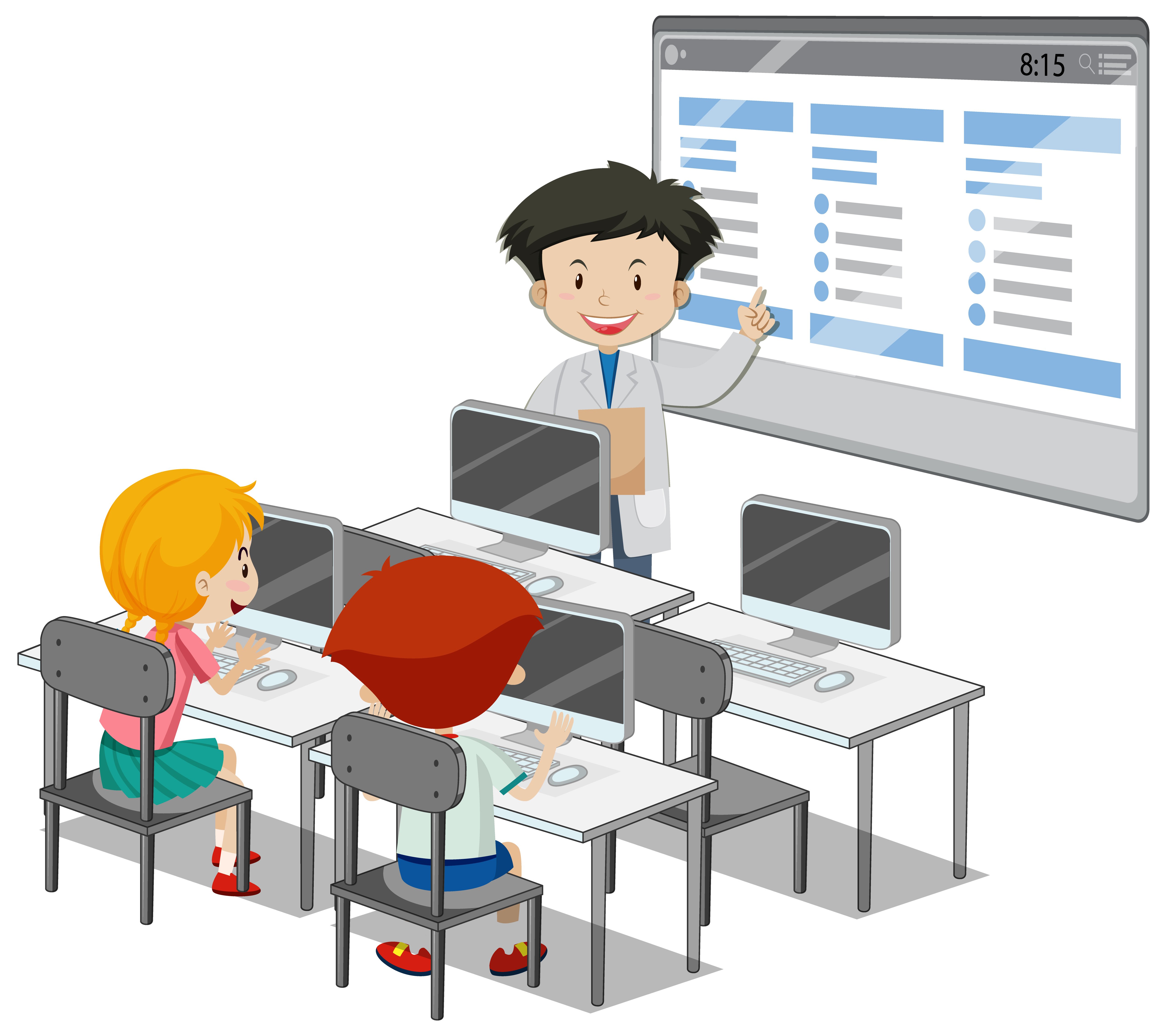Instructor Led Training
CompTIA Computer Hardware Technician (A+ 220-1001)
Instructor-led training (ILT) is a traditional form of education that involves a skilled instructor leading a classroom or virtual session to deliver training to learners.
Limited seat available, enroll before date January 05, 2026.
why should buy instructor led course?
Investing in an instructor-led course offers several advantages that can greatly enhance your learning experience. One of the key benefits is the opportunity to receive expert guidance from seasoned professionals who possess extensive knowledge and expertise in the subject matter. These instructors can offer valuable insights, address your queries, and provide guidance tailored to your specific needs. Additionally, instructor-led courses follow a well-structured curriculum, ensuring a comprehensive learning journey that covers all the essential topics. This structured approach enables you to progress in a logical and organized manner, building a strong foundation of knowledge. Moreover, instructor-led courses often provide personalized feedback, allowing you to receive individualized assessments and guidance to improve your understanding and skills.
Professional Certificate.
Obtaining certification of completion is a significant benefit that comes with many instructor-led courses. This certification serves as formal recognition of your successful completion of the course and showcases your commitment to learning and professional development. It can be a valuable addition to your resume or portfolio, highlighting your expertise and dedication in a specific field or skill set. Certification demonstrates to employers, clients, or colleagues that you have acquired the necessary knowledge and skills to perform tasks effectively. It can enhance your credibility and open doors to new career opportunities or advancements. Moreover, certification provides a sense of accomplishment and satisfaction, validating the time and effort you invested in the course. Ultimately, the certification of completion offers tangible evidence of your commitment to continuous learning and professional growth, making it a worthwhile asset in today's competitive job market.
How Does It Work?


Zoom meeting with student twice a week.
As an educator, I have implemented a structured learning approach by conducting Zoom meetings with my students twice a week. This interactive platform has become an invaluable tool for fostering meaningful connections and facilitating engaging discussions in a virtual classroom setting.


AI Tutor support.
Mentoring support plays a crucial role in guiding individuals towards personal and professional growth. By offering mentorship, I provide a safe and supportive space for individuals to explore their goals, challenges, and aspirations.


Assignments and Grade.
Assignments and grading are essential components of the educational process, allowing students to demonstrate their understanding of concepts and skills while providing teachers with a means to assess their progress. Assignments are designed to reinforce learning, encourage critical thinking, and promote independent problem-solving.
About This Course
Enroll in our CompTIA A+ 220-1001 Course to learn how computers work from the inside out and how to fix them when they don’t.
In this course, dive into the nuts and bolts of computer hardware, mobile devices, and network setups. Then, troubleshoot like a professional using real-world techniques. Learn to install power supplies, memory, CPUs, and expansion cards… plus, get hands-on with virtualization, cloud computing, Wi-Fi, and printers.
From building custom computers to fixing broken ones, you’ll get practical labs and clear walkthroughs.
Skills You’ll Get
Hands-On Labs
63+ LiveLab | 60+ Video tutorials | 01:17+ Hours
Video Lessons
46+ Videos | 15:35+ Hours
Lesson Plan
Troubleshooting
- Module A: Troubleshooting theory
Motherboards and CPUs
- Module A: Motherboards
- Module B: CPUs
- Summary
Computer power supplies
- Module A: Power supply connectors
- Module B: Power supply installation
- Module C: Power supply troubleshooting
- Summary
Memory
- Module A: Read-only memory
- Module B: Random access memory
- Summary
Computer expansion
- Module A: Expansion interfaces
- Module B: Expansion card installation
- Module C: Connectors and cables
- Summary
Physical storage
- Module A: Disk drives
- Module B: RAID storage
- Module C: Optical drives
- Module D: Other storage methods
- Summary
Input-output devices
- Module A: Input devices
- Module B: Output devices
- Module C: Dual input-output devices
- Summary
Display Devices
- Module A: Display technologies
- Module B: Display management
- Summary
Network basics
- Module A: Classifying networks
- Module B: Network devices
- Module C: Internet connections
- Summary
Network cables and connectors
- Module A: Twisted-pair connections
- Module B: Coaxial connections
- Module C: Optical media
- Summary
Network protocols
- Module A: TCP/IP settings
- Module B: Transport protocols
- Module C: Application protocols
- Summary
Wireless networking
- Module A: Wireless technology
- Module B: Wi-Fi standards
- Module C: SOHO router features
- Summary
Virtualization and cloud computing
- Module A: Virtualization
- Module B: Cloud computing
- Summary
Mobile devices
- Module A: Mobile device types
- Module B: Mobile device configuration
- Module C: Mobile device troubleshooting
- Summary
Printers and multi-function print devices
- Module A: Printer technologies
- Module B: Printer installation and maintenance
- Module C: Printer troubleshooting
- Summary
Custom computers
- Module A: Custom computer considerations
- Summary
Appendix A
Frequently asked questions
Ready to get started?

